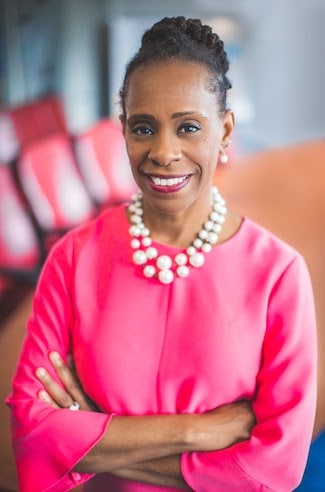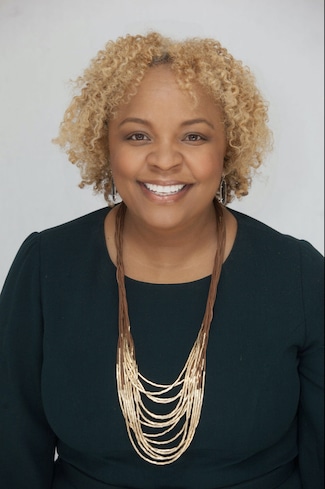Once again, New York City is reeling from the murder of a child. The circumstances around the killing of 10-year-old Ayden Wolfe are eerily familiar – a vulnerable mother, a new partner with a history of violence and the loss of an innocent child. Once again, there is a mad scramble by city officials to evaluate potential loopholes in procedures or failures to follow processes. Neighbors and family are asking themselves what they could have done, what did they miss?
Beyond the makeshift memorials, news conferences and an onslaught of the same interventions, the bottom line remains: Children should have access to comprehensive supports that are easily accessible to their entire family and communities. In light of the pandemic and the reckoning around white supremacy, there is a real opportunity to emerge with a collaborative child welfare system that deals with poverty and family instability, and more importantly, centers on child well-being and looks at children as citizens with rights.

Poverty puts children at risk. When Elisa Izquierdo was killed, the Administration for Children’s Services was created almost 25 years ago. When Myls Dobson was killed, the city established the Children’s Cabinet. When Zymere Perkins was killed, the city and state responded by driving resources toward preventive services and improved state oversight.
We must say their names and not forget the painful lessons that their deaths have taught us. We ignored poverty and focused on services.
But these services didn’t decrease the racial disproportionality in New York City foster care or the number of poor families subject to court-ordered supervision. And most important, the services did little to lift poor Black women and their children out of poverty. Following the Administration for Children’s Services’ creation in 1996, the number of children removed from their families and placed in foster care rose by 50% in 1997.
By 2008, when the agency developed its scorecard to measure performance, data indicated that Black and brown children made up the majority of the city’s foster care population.
Over time, the child welfare system has increasingly focused on compliance as opposed to services oriented toward the needs of poor Black women, in particular, to safely care for and nurture their children.
We have an opportunity to create a new, dynamic system of care that includes in-home services and creative community partnerships that look beyond “brick-and-mortar” social services agencies. Poor women impacted by the child welfare system should be pipelined to meaningful job training, employment, housing and educational services so they are positioned to lift themselves and their children out of poverty. It is no longer enough to have a case planner “hand-hold” a mother through a service plan that mimics beliefs about good mothering that reflects 1950s white women standards. Even the criminal justice system considers the economic needs of women upon release, and maybe the child welfare system should learn from that.

Public systems should fund programs to meet the demands of children and families who often experience multiple crises even absent a public health emergency. Children and families need access to high-quality mental health and domestic violence support that is culturally appropriate and easily accessible. The city should promote comprehensive, place-based, cradle-to-career programs that support children, parents and communities. These programs should focus on particular neighborhoods and provide support to children from the time they are born until they can secure a job that adequately supports them.
The next mayor of New York should make more use of an operational structure that could promote better outcomes – namely the city’s Children’s Cabinet, the coordinating body of 24 agencies including the Department of Education, the Administration for Children’s Services, the New York City Housing Authority and the Human Resources Administration.
COVID-19 has taught us that we must look at the whole child. We cannot look at discrete pieces like child care, food or safety. The vaccine will not inoculate our children against a chronically deficient focus on the well-being of Black and brown children in our nation.
The child welfare system should look at the interplay of a child’s right to live free of want and poverty and free of the harm that interaction with the child welfare system can often cause. Children should be cared for by their parents or extended kin networks who have the supports necessary to keep them safe.
This time we have an opportunity to leverage political will and make sound, strategic investments in the children and families most impacted. This advances real racial justice and equity.
We owe it to Elisa, Myls, Zymere, Ayden and countless other children to find a new way forward that is more than just a knee-jerk reaction that expects a broken child welfare system to fix something that it was never truly designed to address in the first place.





